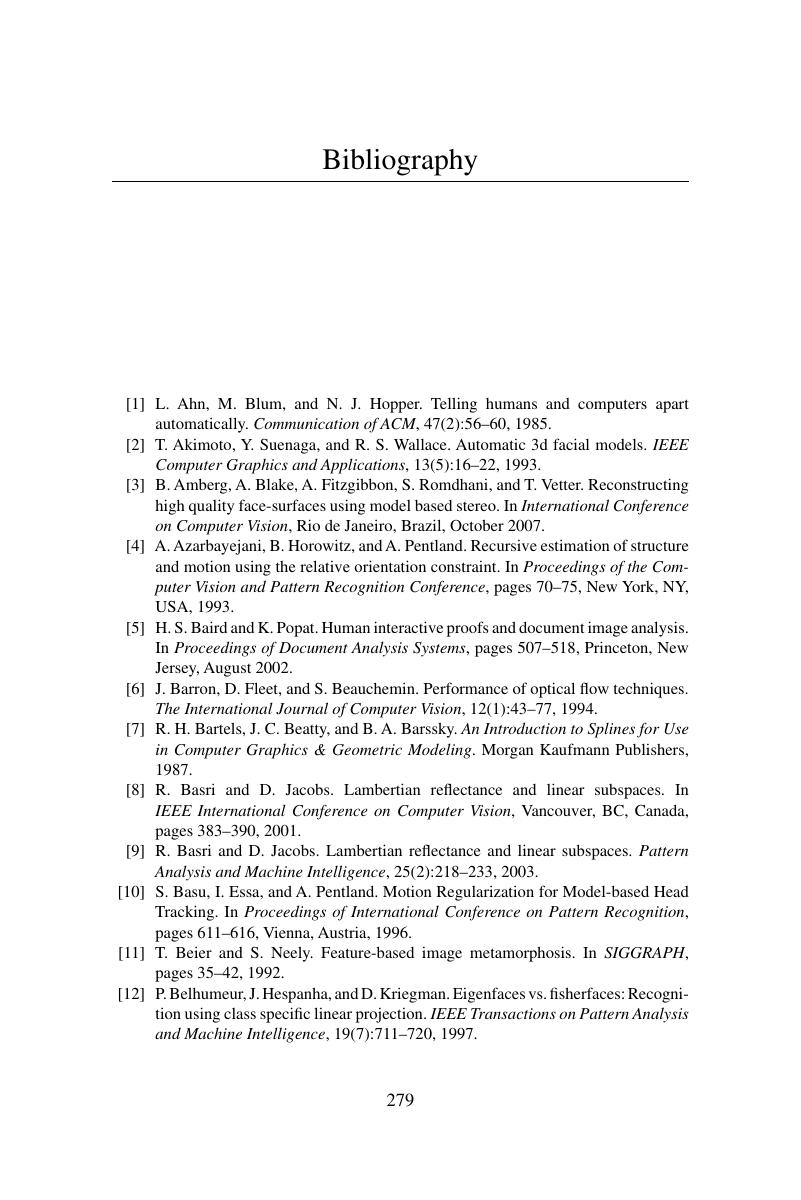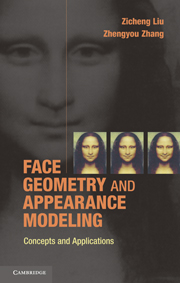Bibliography
Published online by Cambridge University Press: 01 June 2011
Summary

- Type
- Chapter
- Information
- Face Geometry and Appearance ModelingConcepts and Applications, pp. 279 - 294Publisher: Cambridge University PressPrint publication year: 2011



